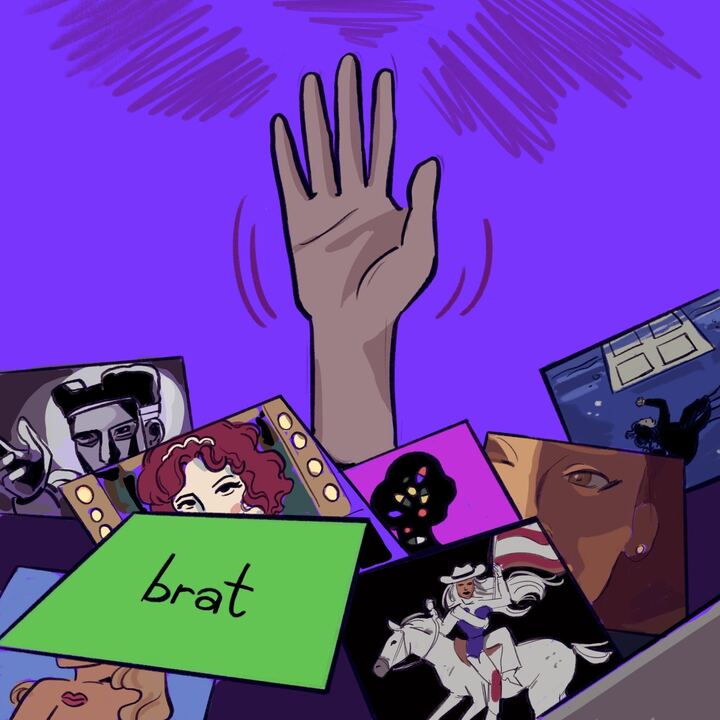Depression isn’t going away, and any university that believes that pushing students farther away from care will help them is extremely mistaken.
With the UA being the only college of the big three to have its own budget for health sciences, according to the 2015 Appropriations Report, it seems that the possibilities for the UA Counseling and Psych Services to help students should be unlimited if not existent.
According to the CAPS website, and personal experience, the office is only equipped to provide short-term therapy for students and often outsources patient care. If a student exhibits issues that require more intricate or nuanced attention, they are pointed to a staff member who “helps” them find an off-campus resource. If a student requires psychiatric medication, they are directed to another department for evaluation.
Julia Lieblich, assistant professor of journalism at Loyola University Chicago, wrote an article about her struggles with depression in college in the Los Angeles Times. When she became aware that a student was depressed, she urged her to go to the university’s wellness center for help. There, the part-time counselor told the girl he couldn’t help her and gave her a list of off-campus doctors. The girl, unable to navigate the list herself, downed a bottle of pills, and the next thing Lieblitch knew, the student was in the psych ward at a local hospital.
This story isn’t far away from how the UA’s own CAPS acts — in fact, it’s near identical to my own personal experience.
Upon attempting to benefit from the CAPS program last semester, I was told counseling services only happened bi-weekly. Knowing at the time that I needed at least once a week, I was directed to someone who basically printed out a sheet of all the therapists in the area before going over which offices would be within the distance of my bicycle and took my health insurance. After a disappointing and hardly helpful 20 minutes, my parents and I decided to search on our own for help, and two weeks later, I finally had a therapist.
For someone who’s severely depressed, like the student Lieblitch encountered, everything can end in two weeks; not every student can hold out that long when the world’s crumbling around them. The only difference in my story was that I had my parents—who encouraged and comforted me the entire way — involved.
Mental illness is not small or something colleges can ignore. It is an endemic problem that is particularly tied to our millennial generation.
The U.S. National Library of Medicine estimated in 2013 that 17.3 percent of university students suffer from depression, 4.1 percent panic disorder, 7 percent generalized anxiety, 6.3 percent are suicidal and 15.3 percent nonsuicidal self-injury.
According to the Los Angeles Times, many colleges have residential treatment centers for students but fear the heavy liability of treating the depressed and responding to possible suicides. Even with this anxiety, colleges do want to help, but staff is stretched so thin that there is only one health professional per 1,172 students on average.
The UA is similar; the budget for health facilities on campus is in no way being appropriated correctly.
According to the budget report for this year, the UA health sciences department receives its own $449.8 million separate from the UA main campus’ $1.6 billion. $215.4 million is not adequately itemized within the budget and appears almost absent from use.
Why half of the money the UA health department receives is unused is unexplainable — considering that number is about half the center’s entire budget — and it doesn’t help that for the past three years, the health center budget hasn’t actually even been altered more than a few dollars here and there.
The UA needs to rethink how it distributes and portions the money it receives for health care because there is no use in having a psych center if it does nothing to help the students in it.
Follow Ashleigh Horowitz on Twitter.








